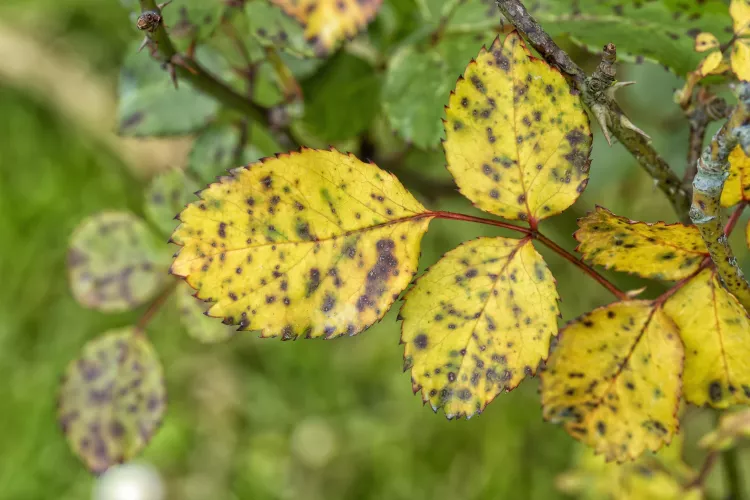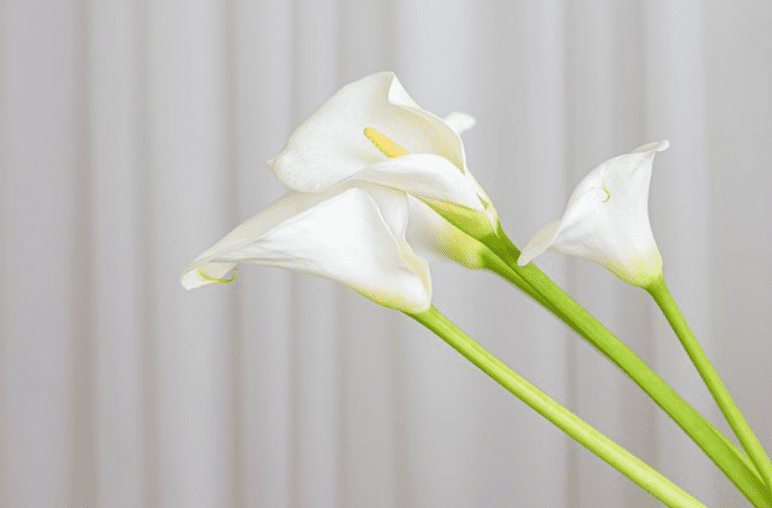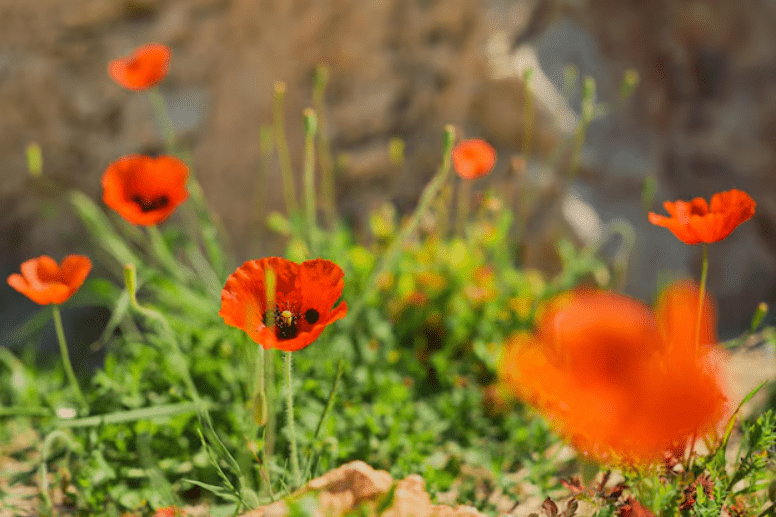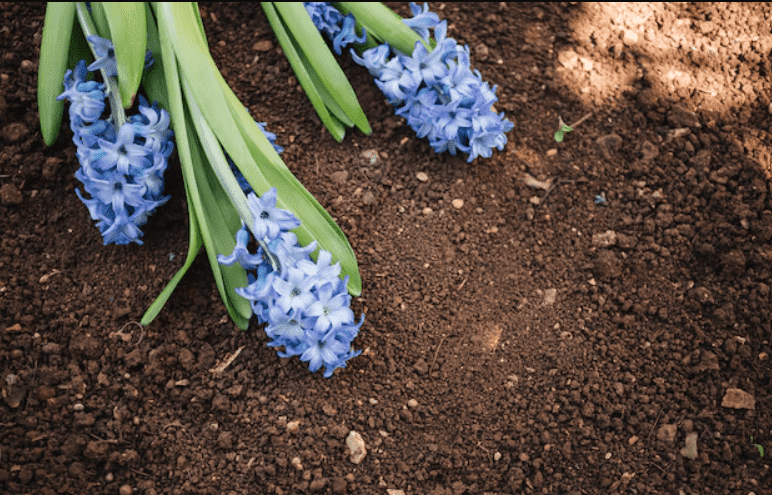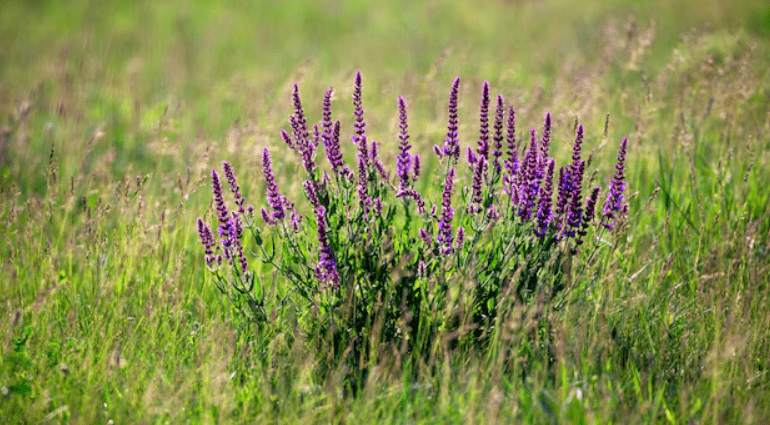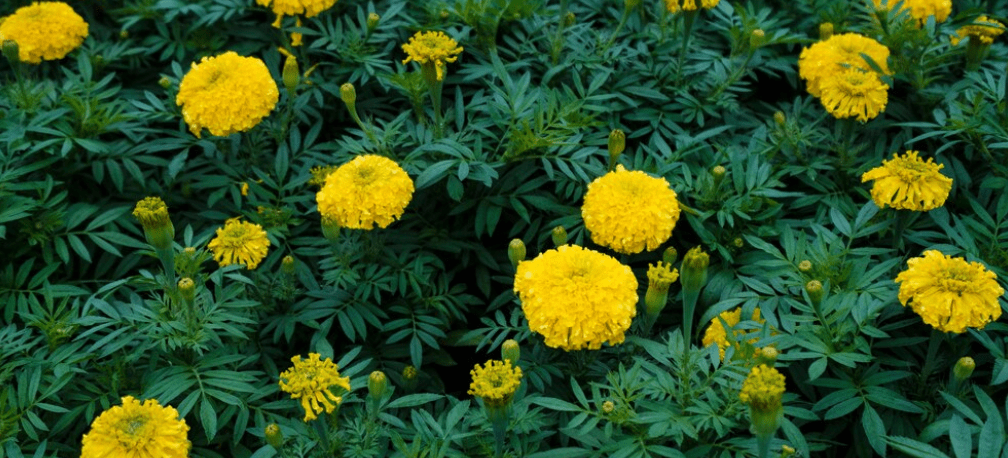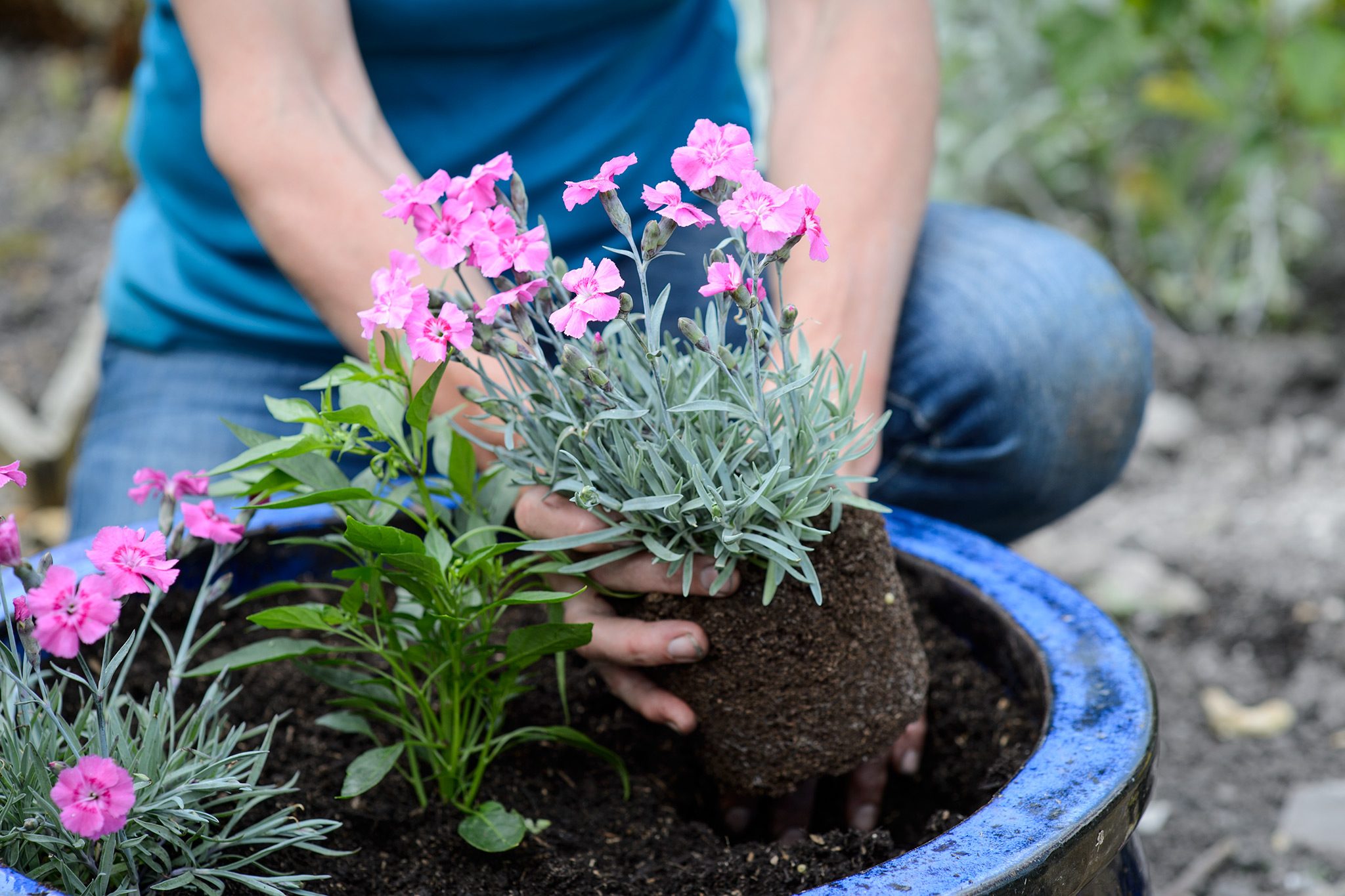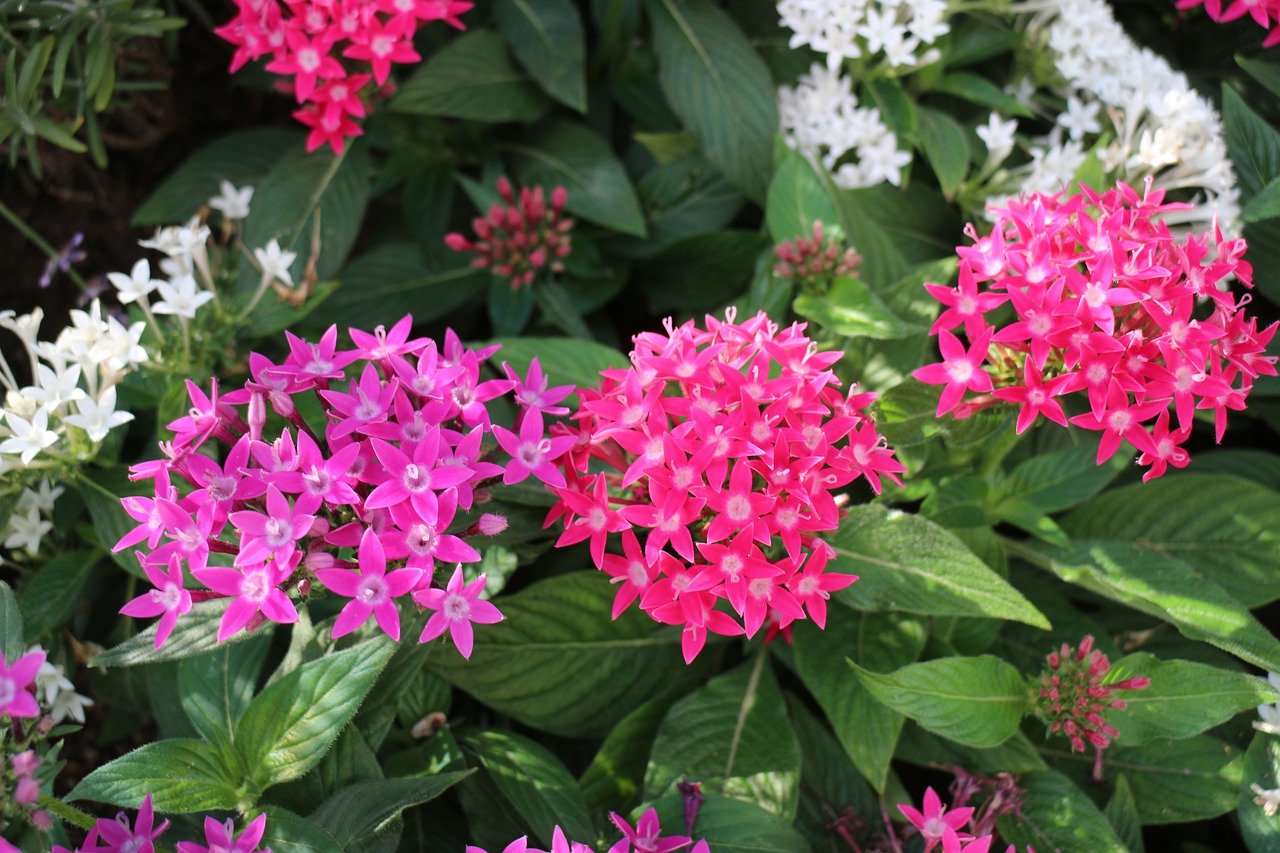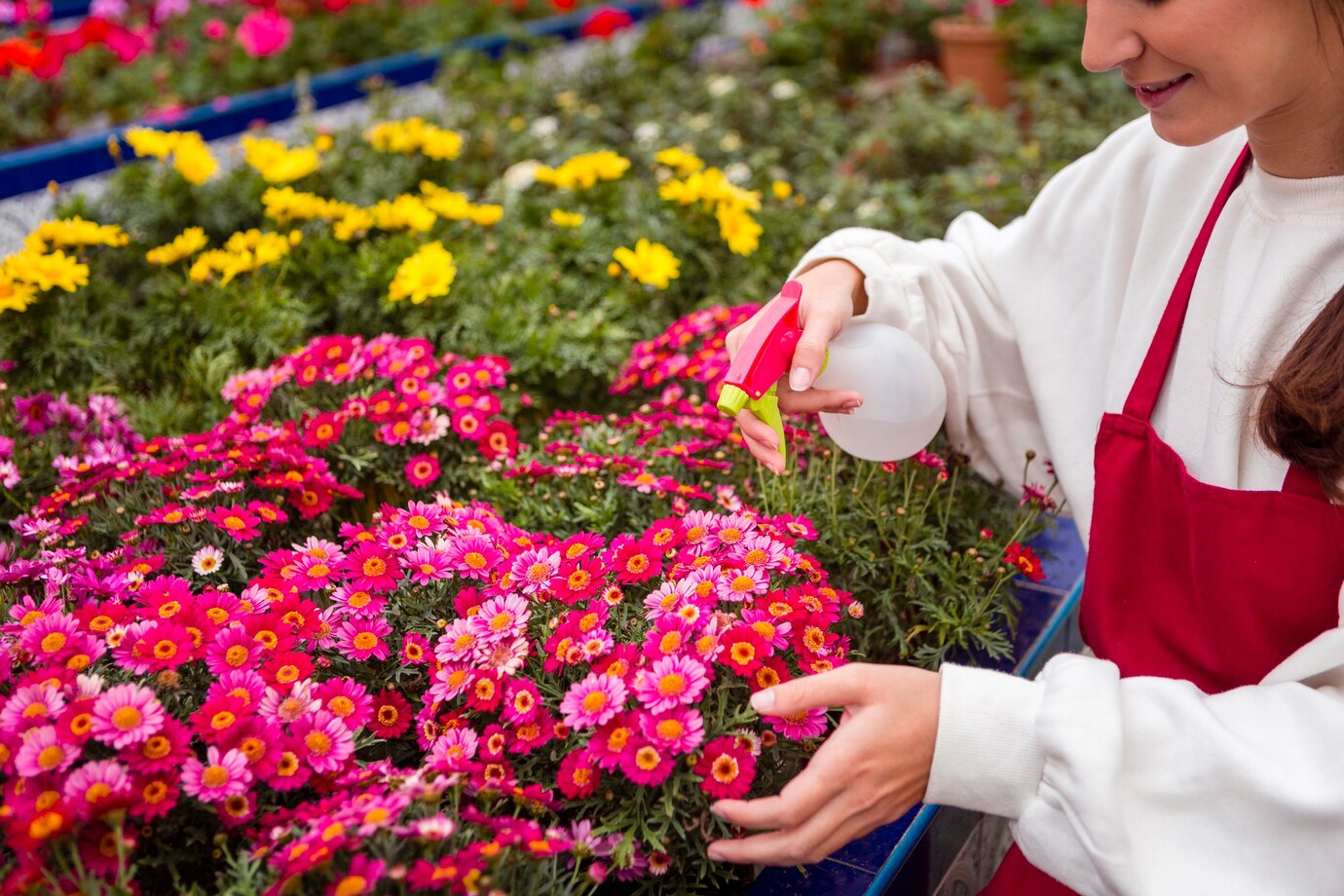Are your rose leaves turning yellow, and are you not sure why? This can happen for several reasons, and many are easy to fix. Rose leaves turning yellow signal a problem in your garden. To resolve the issue, you’ll first need to identify the cause. Take a close look at your rose bushes, and you’ll be on your way to restoring them to good health.
Why Rose Leaves Turning Yellow
Underwatering
One common cause of yellowing rose leaves is allowing the plants to dry out. Symptoms include wilting, stunted growth, and flower buds that fail to open and often fall off. The foliage turns yellow and brown at the edges before drying up completely. Container-grown roses are particularly vulnerable.
Roses generally need 1 to 2 inches of water twice weekly during hot, dry, and windy weather. As soil moisture evaporates quickly, adjust the watering frequency as needed.
Soil type also affects water needs. Sandy soil drains faster than loam or clay, so roses in sandy soil may require more frequent watering. Adding a layer of mulch helps maintain moisture and reduces weed competition. To improve sandy soil, add compost annually.
Black Spot
Black spot is a common fungal infection that causes rose leaves to turn yellow. It appears as irregular brown and black spots with yellow halos around them. Over time, the affected leaves will drop off and lead to defoliation or even plant loss if left untreated. Black spots typically occur during cool, wet weather in spring. They start on the lower leaves and spread upward. The spores are carried by wind and water and also infect other leaves and nearby plants.
Although black spots can’t be fully cured, they can be controlled. Remove and dispose of infected leaves and any debris around the base of the plant. Be sure to sanitize pruners between cuts and water at ground level. Water early in the day allows the plants to dry before nighttime temperatures drop.
For severe cases, apply a targeted fungicide to prevent further spread.
Spider Mites
Spider mites are tiny insects that cause rose leaves to turn yellow by feeding on the sap and nutrients of leaves and stems. These are hard to spot, and their presence is often indicated by white webbing on the undersides of leaves. As they feed, the foliage develops yellow spots and blotches, eventually fading completely.
To control spider mites, a strong spray from a garden hose can dislodge them from your roses. Be sure to spray the undersides of the leaves and do this early in the day so the foliage dries before nightfall. For severe infestations, treat with repeated applications of horticultural oil. Avoid using non-specific pesticides, as they can harm beneficial garden creatures.
Tip: Spider mites usually stay in one area once they begin feeding. If you suspect your rose has attracted these pests, gently shake the plant. It will disturb the tiny, crab-like mites, so you can spot them early and begin treatment.
Overwatering
Overwatering can cause rose leaves to turn yellow. It can be due to maintenance errors, excessive rainfall, or compacted soil. The symptoms of overwatering are similar to those of underwatering, which can be confusing. Affected foliage wilts, turns yellow, and eventually falls off. Soggy roots also lead to root rot.
Loamy soil drains well and is ideal for roses. If your soil contains clay content, improve drainage by adding compost annually. Let the top 2 inches of soil to dry between waterings, and consider rainfall amounts. Adjust accordingly when necessary.
Heat Stress
Heat stress can cause a rose plant’s leaves to yellow, its flowers to wilt, and the edges of leaves to turn brown due to sun scorch.
While roses thrive in plenty of bright sun, they grow best at temperatures between 60°F and 70°F. When temperatures rise too high, photosynthesis slows down.
In southern growing zones, plant roses where they can get shade during the hottest part of the day. Mulch around the base to keep the soil cool, and choose varieties well-suited to your region.
Nutritional Deficiency
Roses thrive in a slightly acidic soil pH of 6.5, though they can tolerate some variation. However, excessive alkalinity or acidity can interfere with the plant’s ability to absorb iron and nitrogen. This nutrient deficiency causes chlorosis, where the leaf veins stay green, and the rest of the leaf turns yellow.
Before planting roses, test the soil’s pH and amend it as needed. If an established rose develops yellow leaves with green veins, you can address the issue quickly by applying an iron-chelated or nitrogen-rich fertilizer.
Too Much Fertilizer
Synthetic fertilizers may improve your rose’s performance in the short term, but they are quickly depleted. Frequent applications can damage the roots and foliage over time.
Feed roses with organically rich soil, organic fertilizers, and soil amendments like compost for long-lasting health. Avoid fertilizing newly planted roses. Apply organic or specific rose formulas for mature plants in early spring, midsummer, and autumn.
Not Enough Light
Inadequate sun exposure causes rose leaves to turn yellow.
Ensure your rose plant receives 6 to 8 hours of direct sunlight daily, and trim surrounding foliage to prevent shading. Prune your rose plant in late winter annually to maintain an open center to allow light to reach all parts of the plant.

